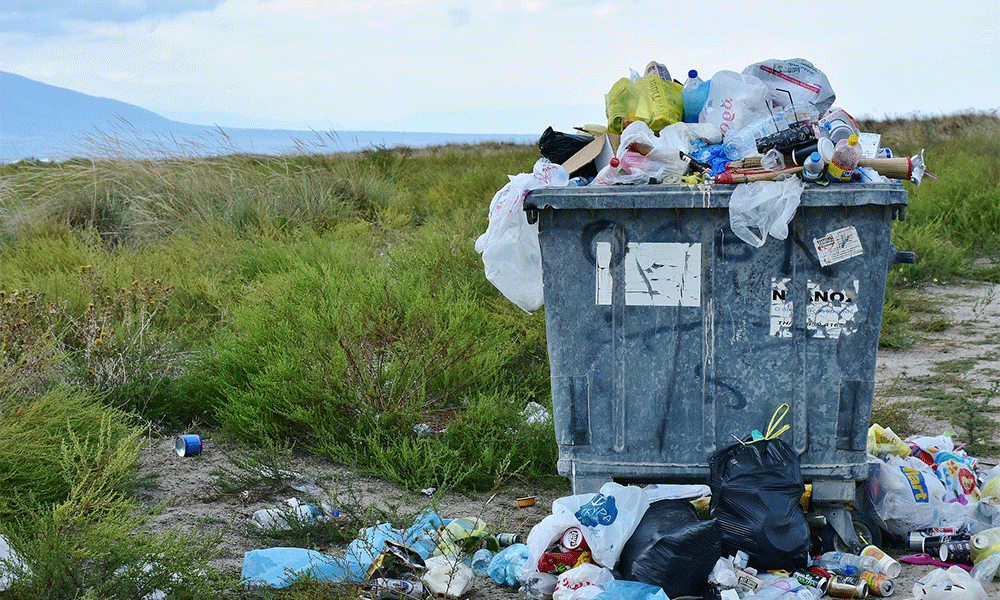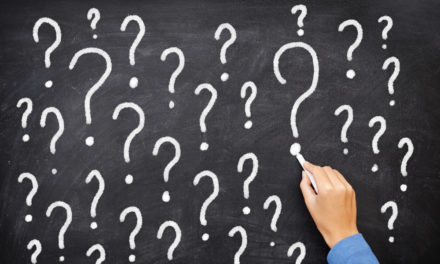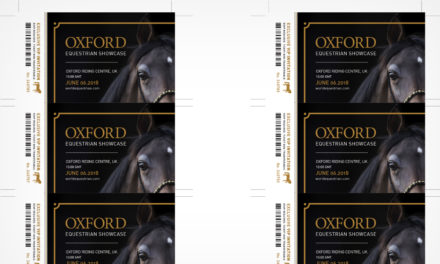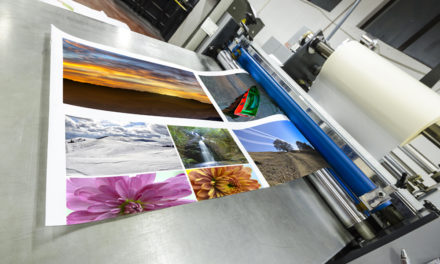Just as waste-conscious consumers are becoming more prevalent these days, sustainability practices have grown popular amongst suppliers and retailers responding to the trend as well. Recyclable materials are beginning to see more traction, with some businesses creating packaging with minimal or no waste at all.
It’s no surprise that packaging plays a serious role in the seller-buyer relationship. Packaging displays the brand’s image, and its appearance can ultimately be a deciding factor in a buyer’s decision to purchase. However, while this component is crucial for sales, its lifespan after an item is purchased remains brief. As packaging doesn’t often have anything to do with the product’s use, companies are beginning to see that limiting their material usage is a smart move, both for their expense accounts and the environment.
Aaron Mickelson, a package designer, focused on zero-waste sustainability, came up with designs for various products like Glad garbage bags, Twinning’s tea bags, Nivea soap and Tide Pods. His work, including simply wrapping the full set of Glad bags in another Glad bag instead of a cardboard box, and using a dissolvable covering over Nivea soap that dissolves in water as well and leaves no trace of packaging, has been considered creatively insightful for businesses all over looking to market zero-waste packaging.
Furthermore, retail food stores are picking up on the trend as well. While shoppers are already bringing their own tote bags to buy groceries and make purchases, some stores have opted for selling items like nuts, beans, and other foods measurable by weight to customers who bring their own containers, leaving no need for the everyday plastic containers.
With ideas like these in mind, the sustainability of zero-waste packaging has a bright future, a positive thought that leaves hope for the state of the environment all across the globe.





